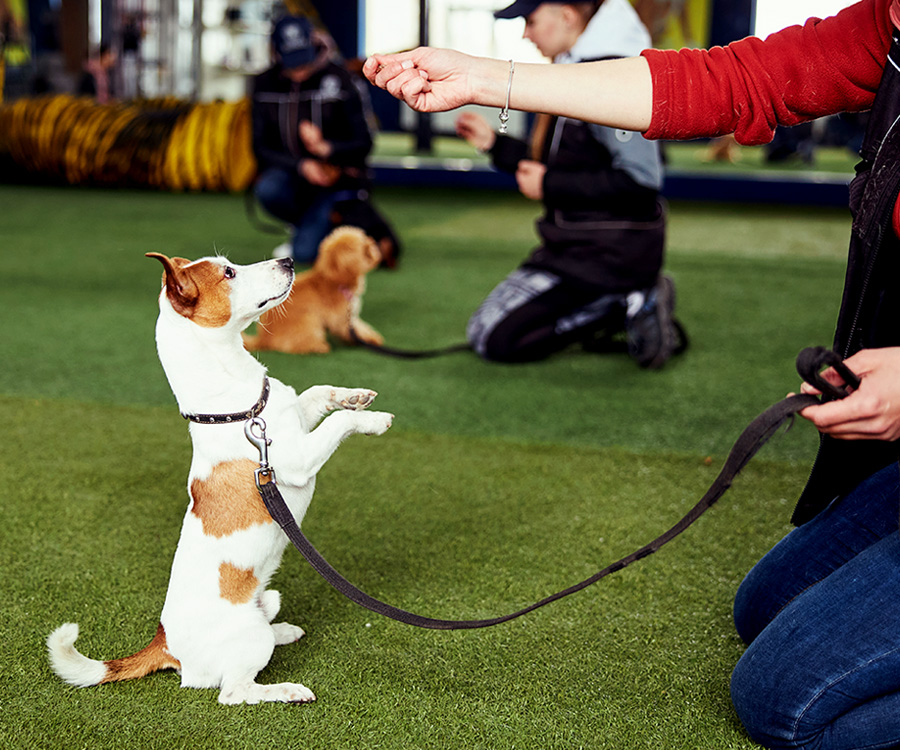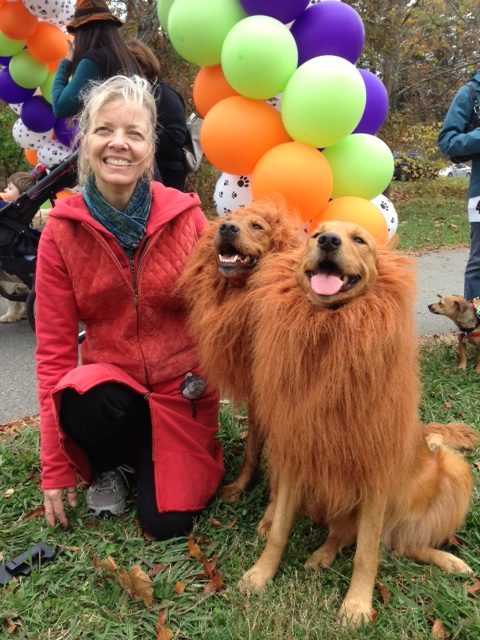Vital Tips for Effective Dog Training: An Overview for Family Pet Owners
Effective dog training is a diverse procedure that calls for a tactical technique customized to both the animal's temperament and the proprietor's goals. Understanding just how to navigate these challenges can dramatically enhance the training experience, ultimately transforming the relationship in between proprietor and pet dog.
Recognizing Dog Habits
Comprehending pet habits is essential for efficient training and fostering a harmonious relationship in between dogs and their proprietors. Pet dogs interact mostly through body language, vocalizations, and activities, making it important for proprietors to translate these signals precisely. Recognizing a dog's position, tail placement, and ear positioning can provide understandings right into its emotional state. A wagging tail does not constantly suggest happiness; it can also signal enjoyment or stress and anxiety.

Socializing plays a considerable role in pet behavior; direct exposure to different environments, people, and various other animals can significantly impact a dog's temperament. In addition, elements such as type qualities and private personality should guide training methods, as some types might have details behavioral attributes that demand customized methods. By understanding these aspects, owners can produce a supportive environment that urges favorable actions, leading to effective training end results and a much deeper bond with their family pets.
Developing Constant Commands
Effective communication with your pet dog starts with establishing constant commands. This foundational aspect of training is important for fostering understanding between you and your pet. Uniformity in the commands you use makes sure that your pet can dependably associate certain words or expressions with the desired actions.
When selecting commands, pick clear, unique words that are very easy to claim and differentiate from each other. Avoid making use of similar-sounding commands that may confuse your dog. For instance, making use of "rest" and "remain" is suitable, yet "sit" and "hit" could lead to misconceptions.
In addition, keep the exact same tone and quantity for each and every command. Canines are delicate to vocal hints, so differing your tone can develop confusion.
It is just as vital to make certain that all member of the family get on the same web page concerning the commands used. A united front in command use will prevent combined signals and enhance the learning procedure.
Favorable Reinforcement Strategies
The power of positive reinforcement in pet training depends on its capability to encourage wanted behaviors via rewards and praise. This strategy is grounded in the concept that actions adhered to by desirable outcomes are most likely to be duplicated. By including positive support right into your training routine, you can properly shape your pet dog's behavior in a constructive manner.
To implement favorable reinforcement, it's vital to identify what encourages your pet, whether it official source be deals with, toys, or spoken praise. When your pet dog does a preferred activity, such as resting on command, promptly compensate them with a treat or love. This organization between the command and the positive outcome enhances their understanding.
It's critical to timing the rewards appropriately; delivering the reinforcement within secs of the preferred behavior assists your canine make the link (dog training). Additionally, consistency is key-- make certain that all relative make use of the very same commands and benefit systems to avoid complication

Progressively, you can decrease the regularity of treats as your dog discovers the behavior, transitioning to praise or intermittent benefits. This method not only fosters a solid bond between you and your pet dog however likewise promotes a positive knowing setting, making training a delightful experience for both.
Socialization and Interaction
Constantly subjecting your dog to a range of environments, people, and other pets is critical for their social growth. Socializing needs to start early, preferably throughout the critical home window of 3 to 14 weeks, when pups are most responsive to brand-new experiences. Older dogs can likewise profit from ongoing socializing initiatives.
Present your dog to various setups, such as parks, pet-friendly stores, and urban areas. This direct exposure helps them adapt to various stimulations, lowering stress and anxiety and concern actions. Motivate positive communications with various other dogs and individuals, making certain that these experiences are regulated and safe to foster self-confidence.
Utilize organized playdates with courteous dogs, as this can boost your canine's social abilities and show them appropriate behavior. Obedience courses and training sessions likewise provide exceptional opportunities for socializing, enabling your pet dog to communicate with others in a monitored environment.
Screen your dog's body language throughout interactions, as this will aid you evaluate their convenience level. Progressively boost direct exposure to more difficult scenarios while guaranteeing that each experience declares. A well-socialized pet is more probable to show balanced habits, making them a happiness to have in any setting.
Dealing With Usual Training Obstacles
Every pet owner will experience training obstacles eventually, no matter their canine's age or socializing degree. click here for more Recognizing common concerns such as stubbornness, disturbances, and terror can help in developing efficient approaches for improvement.

Gradually introduce distractions as the dog becomes more proficient in commands. Short, constant training sessions are also reliable in preserving focus.
Fearfulness can impede a dog's understanding process. Gradual desensitization to the source of fear, coupled with positive support, can assist minimize anxiety. Patience is crucial; never compel a pet dog into a scenario that triggers distress, as this may aggravate the problem.
Eventually, understanding and addressing these usual difficulties with a structured technique will foster an extra efficient training experience, reinforcing the bond between dog and proprietor while advertising effective learning.
Conclusion
In summary, effective pet training counts on a detailed understanding of canine behavior, the establishment of consistent commands, and the application of favorable reinforcement strategies. Socializing read this article plays an essential role in creating well-adjusted pet dogs, while resolving usual training difficulties calls for patience and flexibility. By implementing these necessary strategies, family pet proprietors can foster a solid bond with their canines and advertise preferable behaviors, eventually bring about a harmonious partnership between people and their canine buddies.
Recognizing canine habits is essential for efficient training and cultivating an unified relationship between pooches and their proprietors.Socialization plays a substantial role in canine habits; direct exposure to numerous settings, people, and various other pets can dramatically impact a canine's character.The power of favorable reinforcement in canine training lies in its capability to urge wanted actions through rewards and praise. By integrating positive reinforcement into your training regimen, you can effectively form your canine's actions in a positive manner.
In recap, successful pet training counts on a detailed understanding of canine behavior, the facility of consistent commands, and the application of positive support strategies.